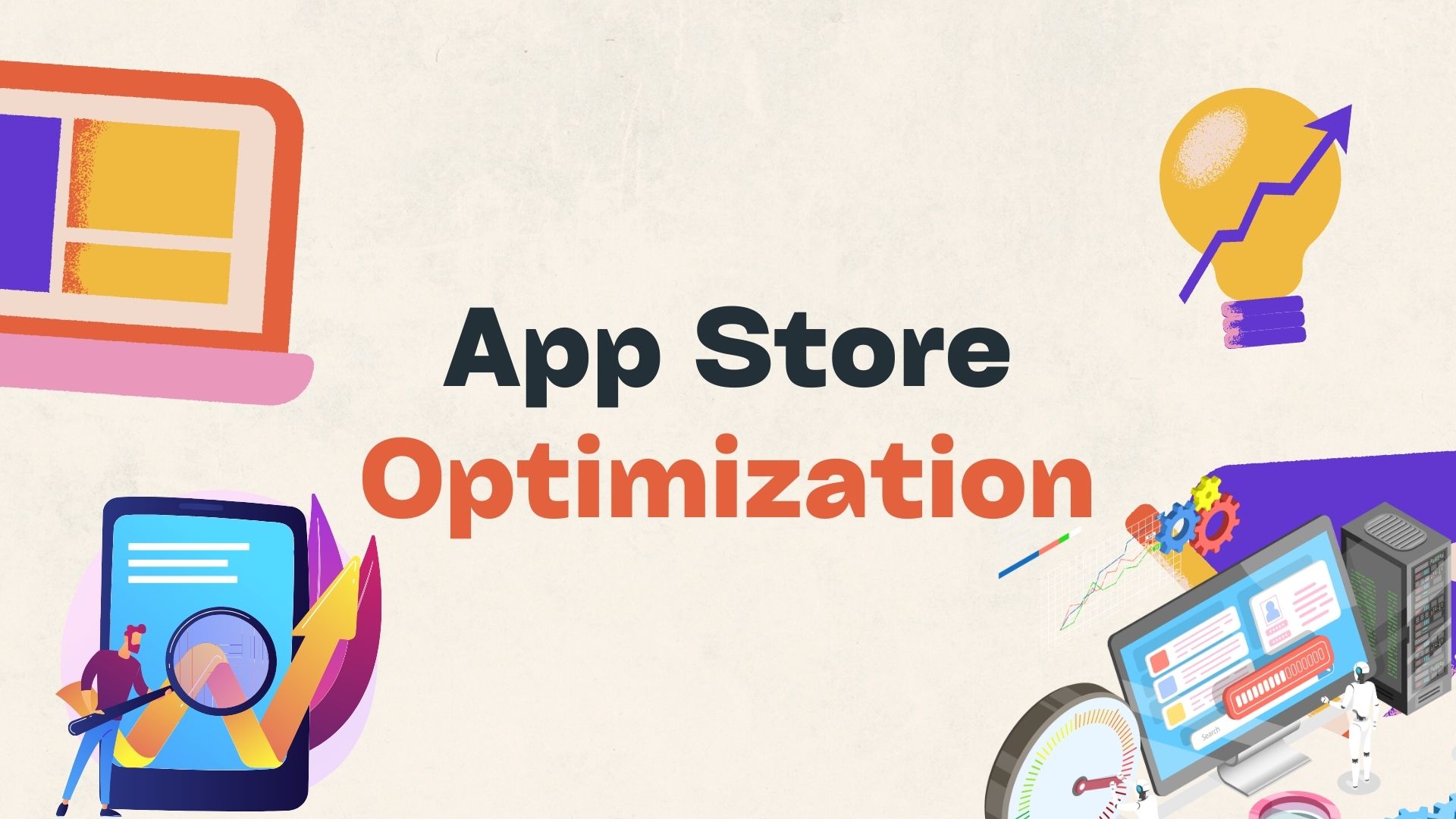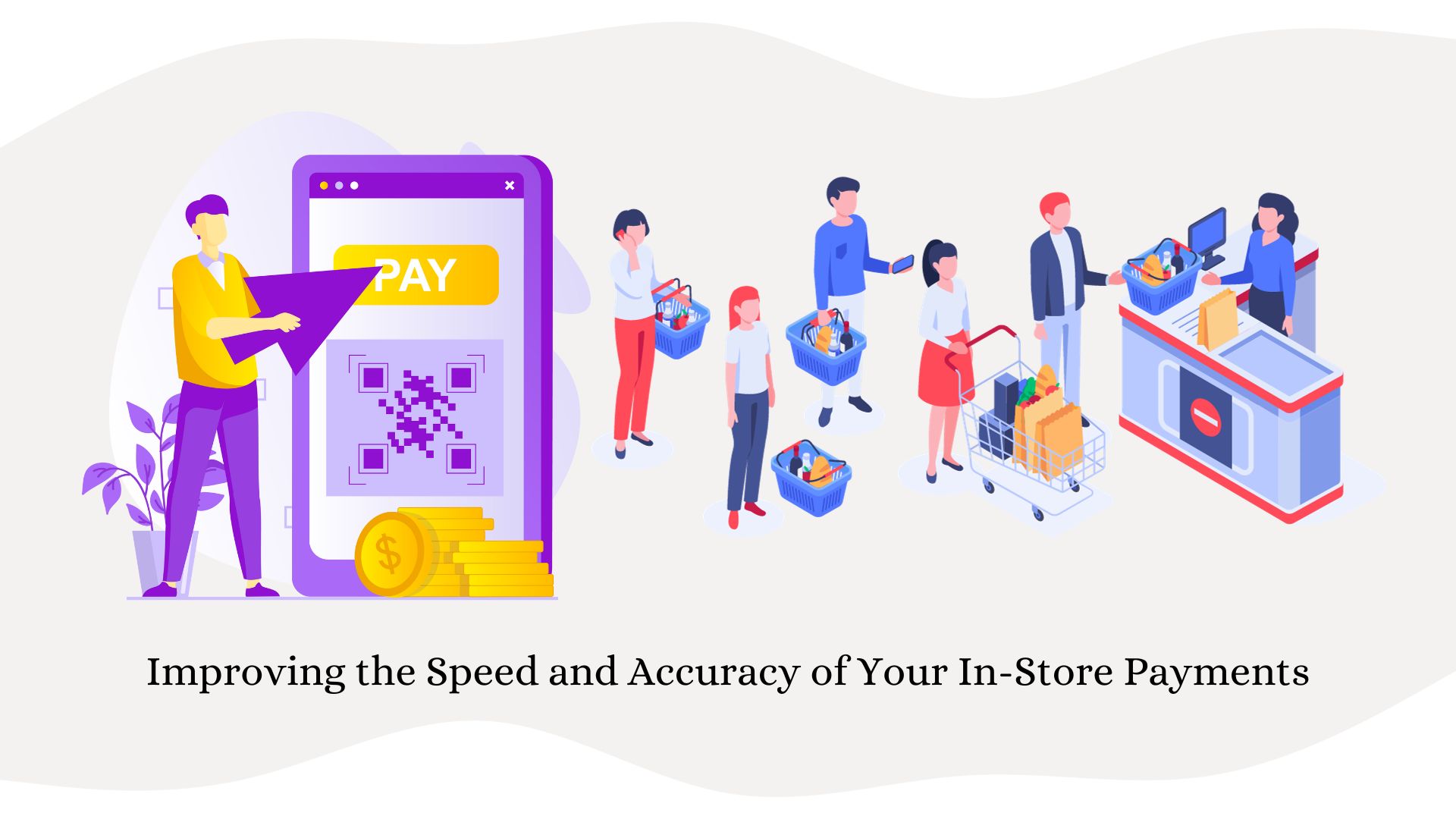Big Data Not the Answer to Business Agility
The hype about agile business intelligence is getting out of hand. IT will probably suffer for it.
A recent, egregious example was an EMC ad for a webcast headlined “Why Big Data is the Answer to Business Agility.” The text of the claim pulled back only slightly: “Find out why a unified approach to Big Data Analytics is the fastest way to business agility.” The aim of the sales pitch was, of course, to sell EMC’s Greenplum database.
The claim is flat-out wrong. Big Data is not the answer to business agility. A business is fully agile if its key processes are fully agile, not if analytics allows the CEO to make optional, incremental improvements in agility.
Also, analytics applied to fundamentally un-agile processes typically doesn’t make them agile. In fact, analytics applied badly to un-agile processes like “waterfall” product development can lead to less agility, as a focus on using analytics to improve product quality instead of time-to-value can inhibit changes during the development process.
Let’s take a slightly altered hypothetical use case for Big Data analytics recently mentioned in a recent EMC briefing on Greenplum. In it, analytics is applied to two CEOs with the same car insurance. Careful search of one person’s personal information on the Web reveals that his car is rarely used, since he prefers the corporate jet. The other’s Facebook page reveals that he is a sports car fanatic and in several emails has mentioned warnings for speeding.
The reaction: the “safe” driver is rewarded with a cut of $500 in yearly premiums, and the “risky” driver is punished with an increase of $1,000. Sounds great, right? Clearly the insurance company is more agile, since by aggressively fine-tuning its customer-of-one pricing it can increase revenues while encouraging more responsible driving.
Not so fast. Business agility is about fast, fundamental change – preferably change that keeps pace with volatile customer wants and needs. Does the car insurance company really think that the CEO who gets a much bigger premium increase than his colleague’s premium decrease won’t notice that? Who is going to be more vocal about this, the CEO who is helped or the one who is hurt?
Is there an opportunity to reassess the frequency and size of premium changes, so they wouldn’t hit the annoyed CEO like a snowball in the face? What’s the company’s policy for getting feedback on its solutions via Web? Is the company just cherry-picking Big Data that will give it a bigger short-run profit at the expense of scathing tweets from customers propagated worldwide?
Why is the focus on incremental improvement of existing processes instead of constant, incremental process change driven by customer interaction, or even by “crowdsourcing” product development?
I would argue that the car insurance company in this case would see little if any increase in business agility by using Big Data analytics in this way. This type of use may even increase the probability that the company will react defensively to criticism and double down on its investments in present processes instead of investing in changes to improve its agility.
Hype Can Hurt You
I don’t mean to pick on EMC. A quick Google search reveals plenty of other vendors touting the ability of their solutions to promote agility. Unfortunately, the negative effects of expecting too much from this kind of hype, and then failing, fall more heavily on IT than on the vendors who push these claims.
It reminds me of the salesman I knew who, when told by the customer that the product wasn’t working as hoped, would say “Ah, that’s because you didn’t do XYZ, like our customer Company N over there. What you need is ABC, which also does PDQ. Sign here.” And the customer would sign, knowing that if they didn’t their CEO would look at Company N’s “success” and blame IT for the failure instead of the vendor. The resulting IT “doubling down on failure,” I assert, means that IT wastes more spending and the vendor makes more money.
The specific danger to the IT shops that implement Big Data analytics and expect business agility to arrive “automagically,” is that (a) failure will mean wasted money at a time of cost stringency, and (b) failure will discredit the idea of business agility in the organization. While (a) is unfortunate, (b) is life-threatening because there are companies out there with almost fully agile new-product development. Those companies will eventually figure out how to spread this kind of agility to other parts of the organization. If and when they do, they will eat your lunch.

Wayne Kernochan has been an IT industry analyst and auther for over 15 years. He has been focusing on the most important information-related technologies as well as ways to measure their effectiveness over that period. He also has extensive research on the SMB, Big Data, BI, databases, development tools and data virtualization solutions. Wayne is a regular speaker at webinars and is a writer for many publications.









